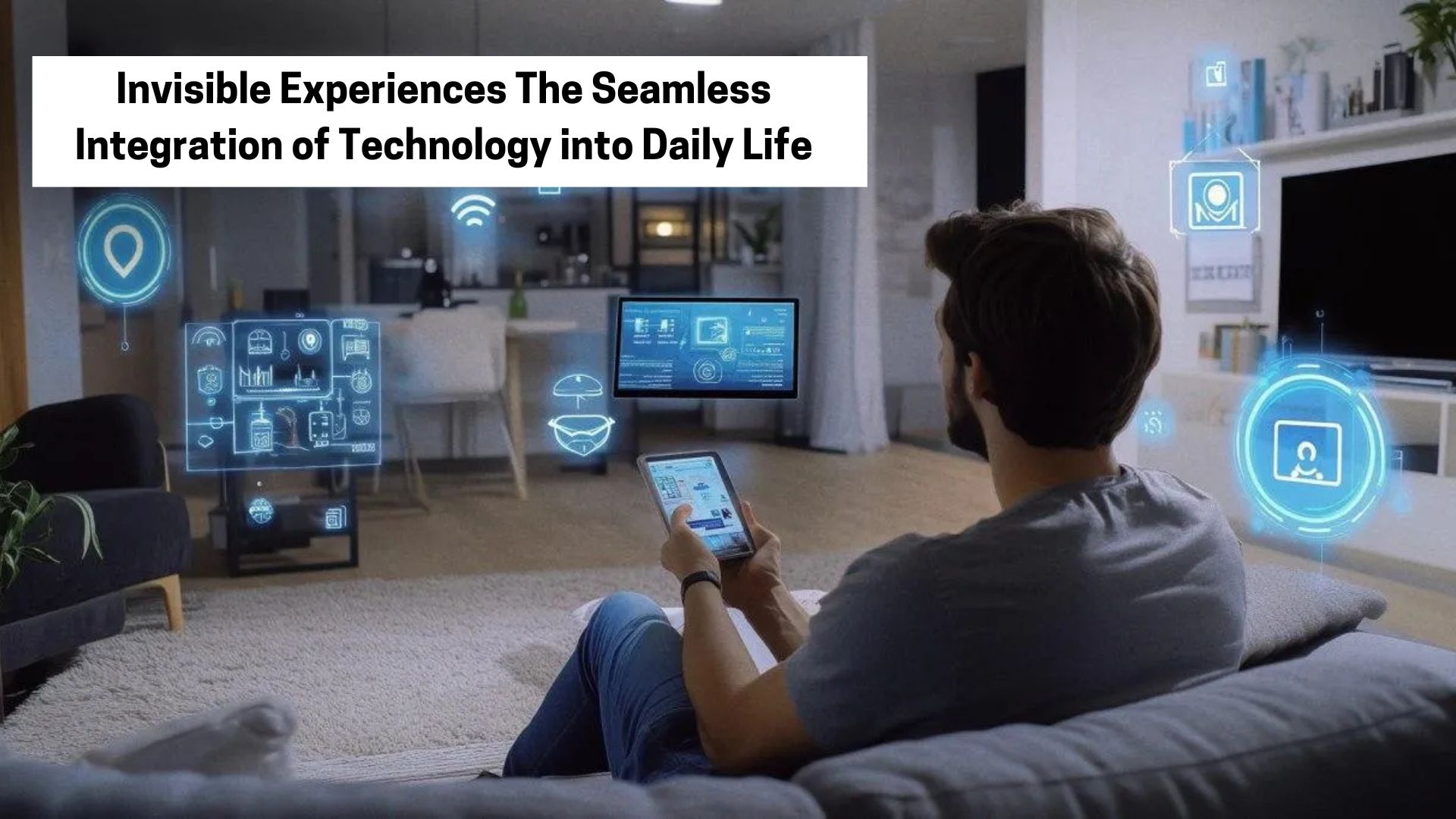The Rise of Invisible Technology
Technology is becoming more seamless, intuitive, and integrated into our daily lives. Invisible experiences are innovations that blend into the background, making interactions effortless and unobtrusive. From smart homes to AI-driven automation, this trend redefines how we engage with technology without realizing it.
What Are Invisible Experiences?
Invisible experiences are created when technology operates in the background, responding to our needs without requiring active input. These innovations leverage AI, IoT (Internet of Things), and ambient computing to anticipate user behavior and enhance convenience.
Examples include:
- Smart Homes – Lights, thermostats, and appliances that adjust automatically based on presence and preference.
- Wearable Technology – Health monitors and smartwatches tracking data seamlessly.
- Voice Assistants & AI – Virtual assistants like Alexa, Siri, and Google Assistant respond to natural speech.
- Augmented Reality (AR) & Smart Glasses – Overlaying digital information onto the real world without screens.
How Invisible Technology Enhances Daily Life
1. Frictionless Interactions
Invisible technology eliminates the need for manual operation—for example, Smart locks that unlock when you approach your door.
2. Increased Efficiency
Automated processes reduce effort and time spent on mundane tasks—for example, AI-driven scheduling tools that arrange meetings based on availability.
3. Enhanced Personalization
AI learns user preferences to tailor experiences. Example: Streaming services recommending content based on viewing habits.
4. Improved Accessibility
Seamless technology benefits individuals with disabilities. Example: AI-powered voice commands for visually impaired users.
Challenges and Considerations
While invisible technology offers many benefits, it raises concerns such as:
- Privacy & Security – Continuous data collection can lead to privacy risks.
- Over-Reliance on AI – Reduced human input may lead to a loss of control.
- Digital Divide – Not everyone has access to seamless technology.
The Future of Invisible Experiences
As AI, IoT, and automation advance, invisible experiences will become more integrated. Expect developments in:
- Smart Cities – Traffic, lighting, and waste management systems that operate autonomously.
- Healthcare – Wearable health monitors provide real-time diagnostics.
- Retail & Shopping – Checkout-free stores using AI-powered transactions.
Final Thoughts
Invisible experiences shape the future by making technology more intuitive and less intrusive. As these innovations become more widespread, they promise to enhance convenience, personalization, and efficiency in everyday life. However, ethical considerations around data privacy and accessibility must also be addressed to ensure that seamless technology benefits everyone.
What are your thoughts on invisible technology? Are you excited about a more seamless future? Let’s discuss this in the comments!

